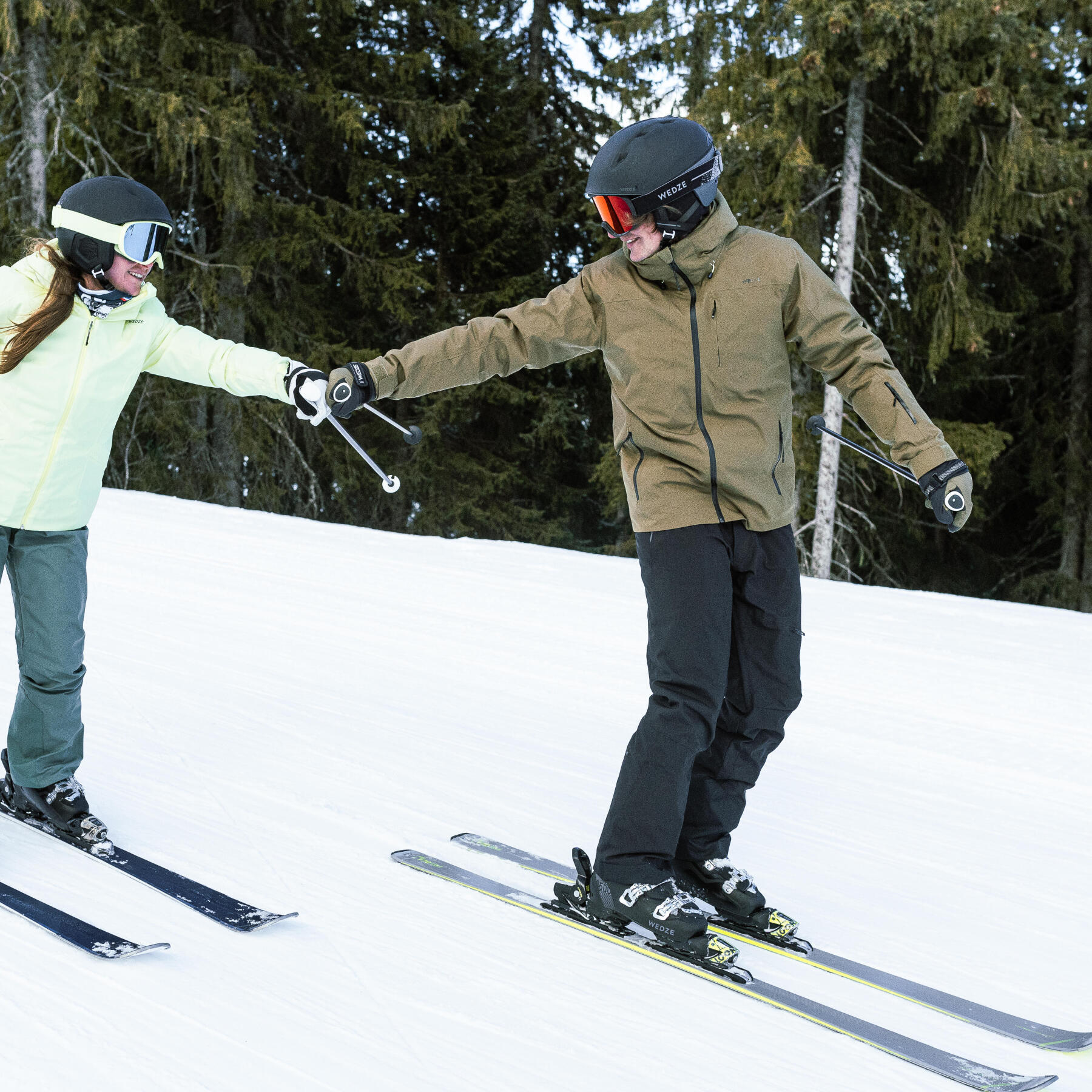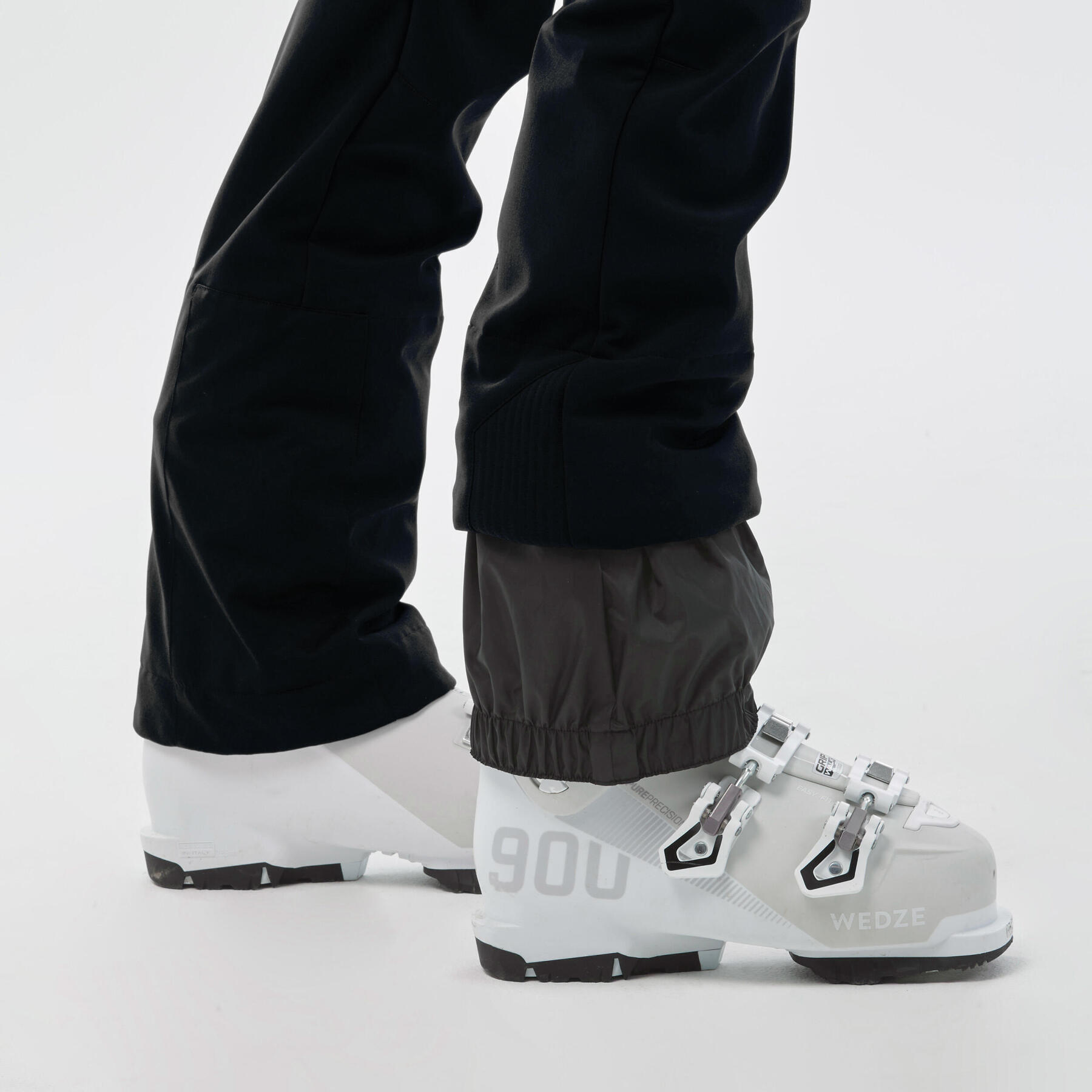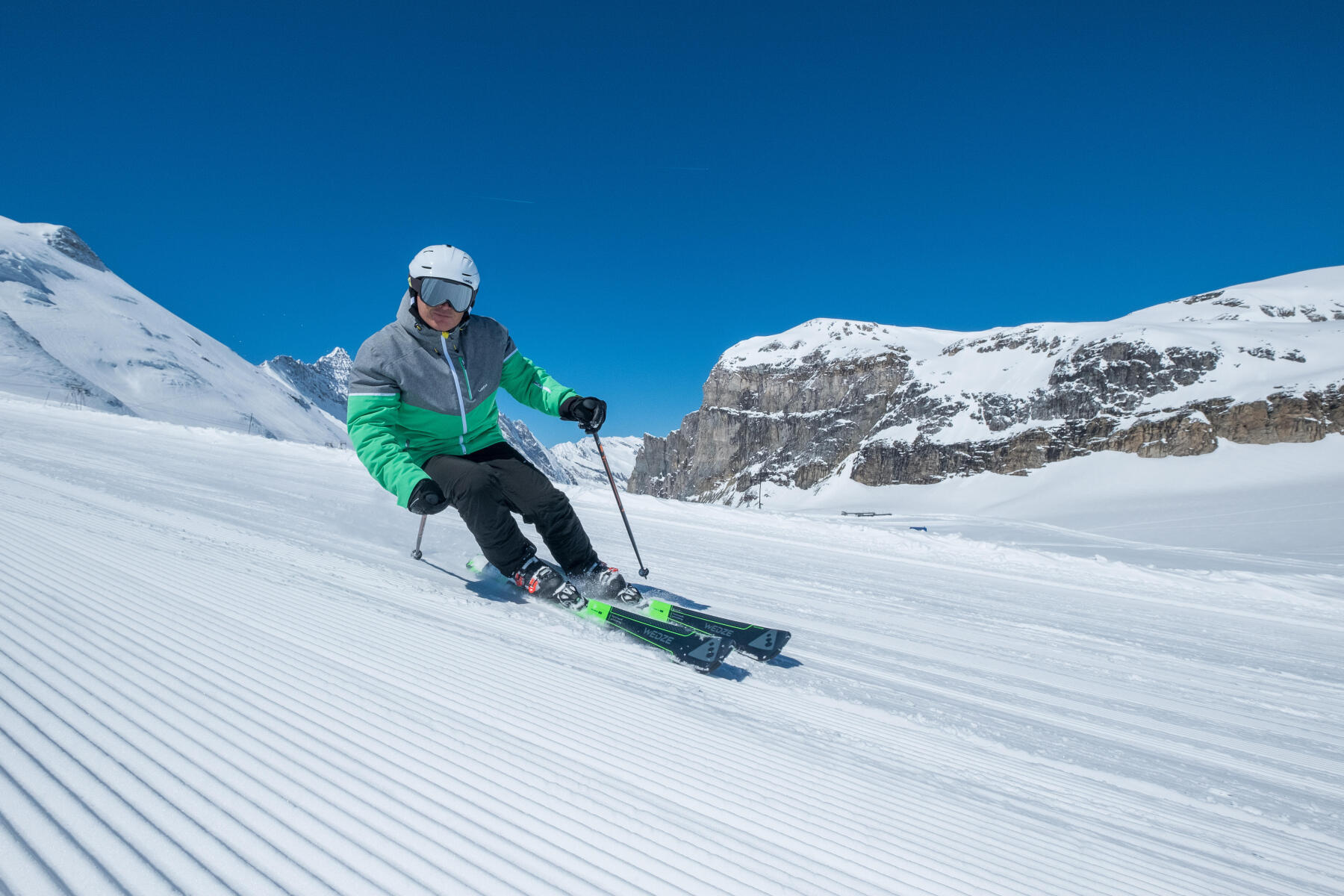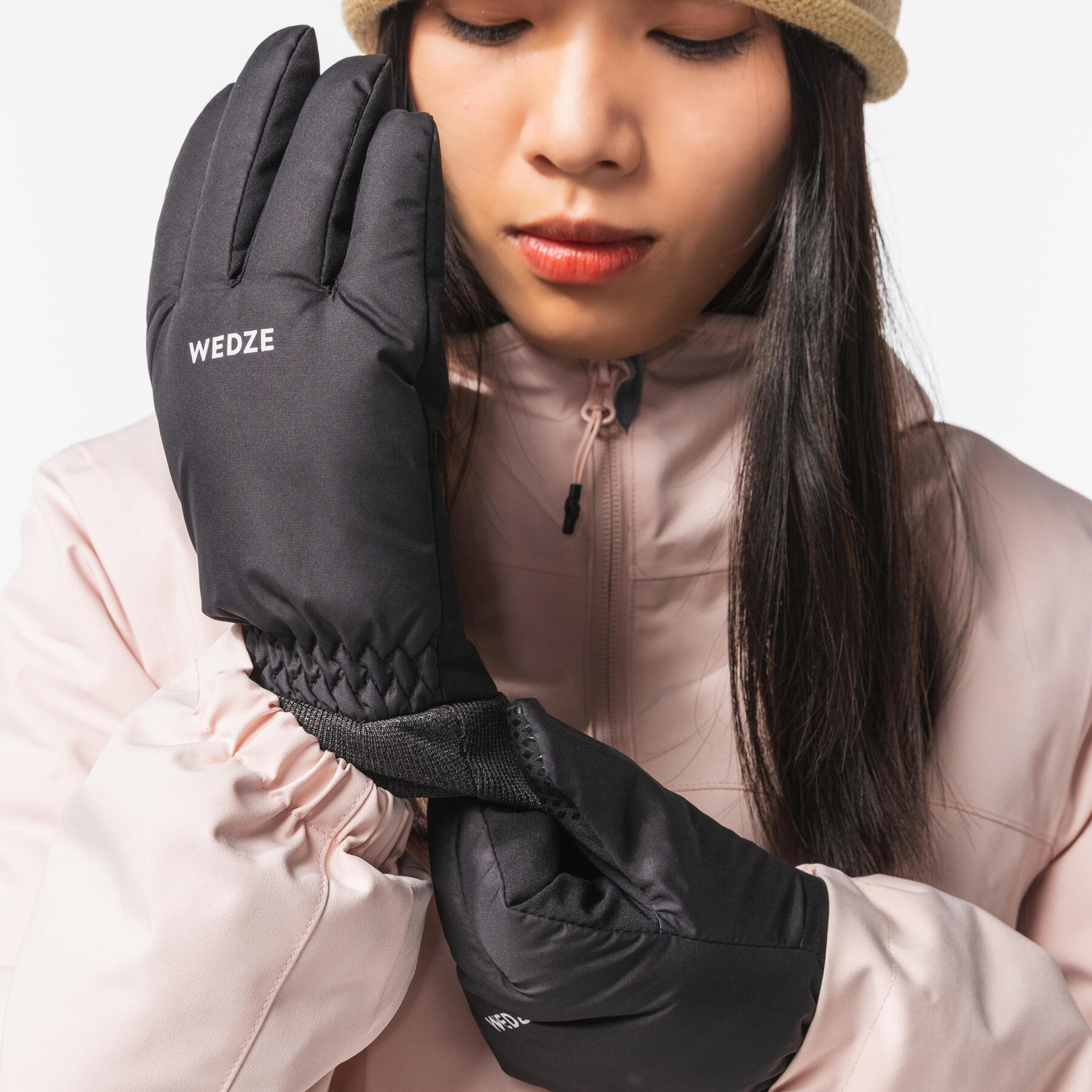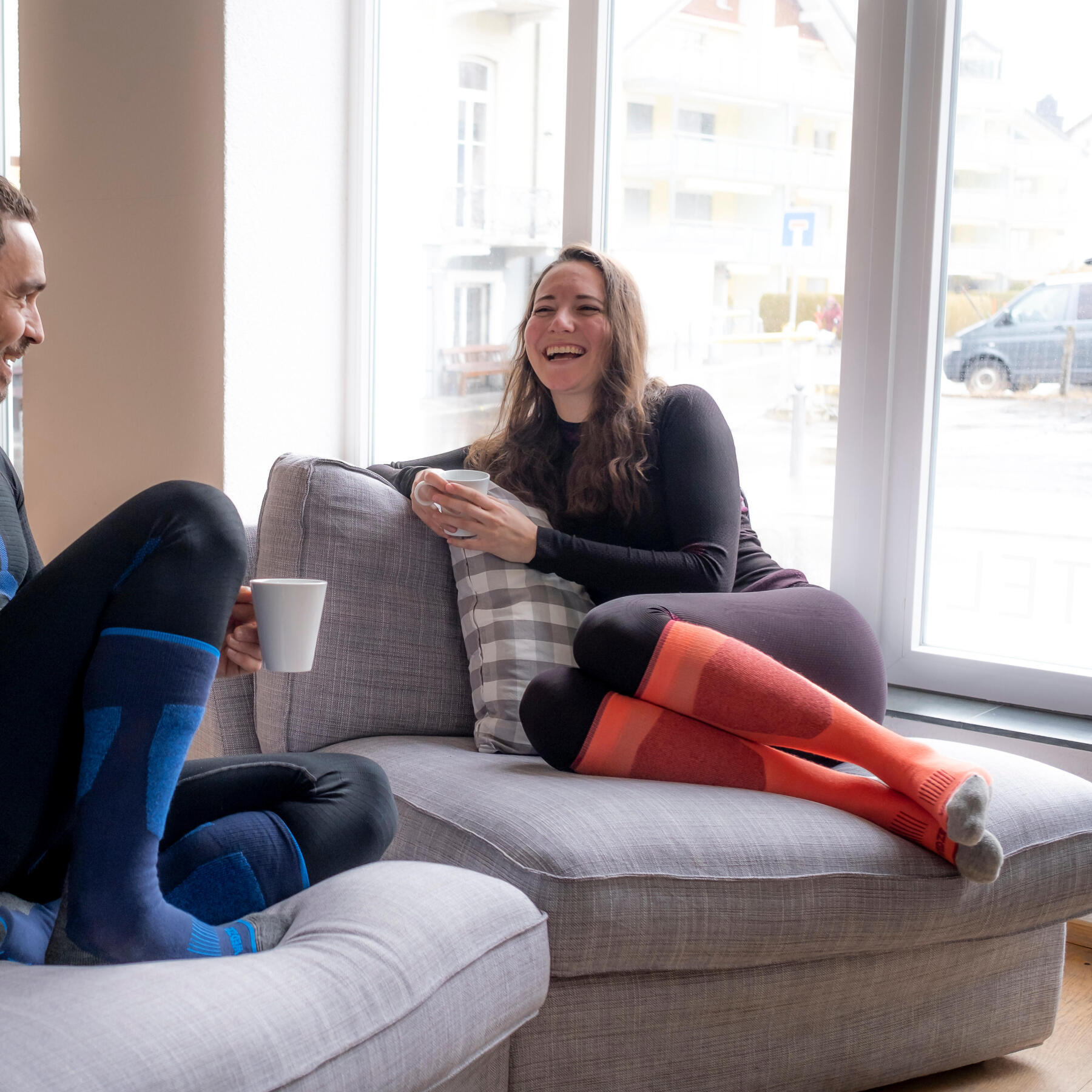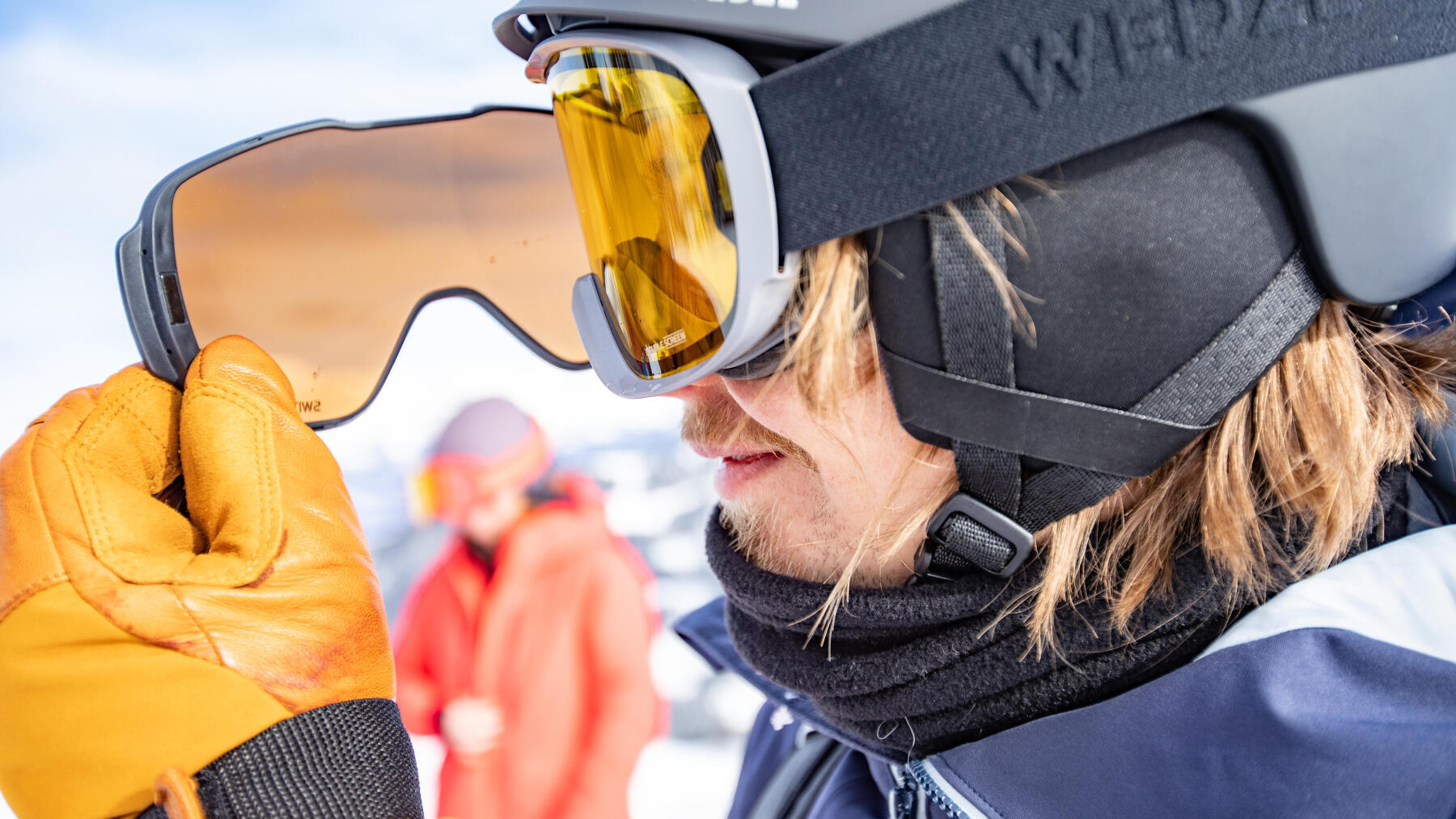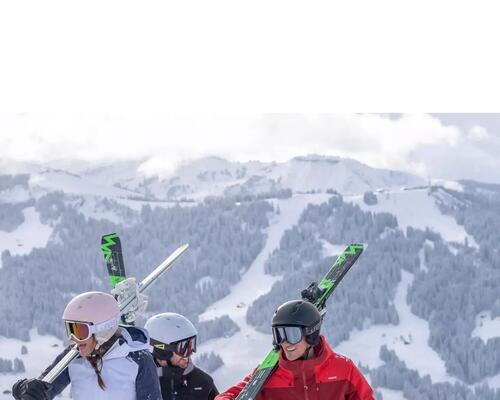LAST TIP: THE THREE-LAYER SYSTEM - THE WAY TO STAY WARM WHILE SKIING
THE BASE LAYER
If you're a keen skier or someone who tends to feel the cold, you'll want to invest in good base layers. A good base layer should keep warmth, as well as provide a comfortable foundation that feels great when moving. Wed'ze's range of base layers can keep body heat in but wicks the sweat away, ensuring you stay dry. Stretchy, reinforced panels mean these base-layer tops and trousers will stand the test of time too; ribbed trims and elasticated waistbands mean they'll stay in place beneath both your mid-layer and ski jacket and trousers.
THE MID-LAYER
If you really want to combat the cold, a mid-layer is essential and is basically a medium-thick sweater or zip-through jacket. Some are down, and the main warming materials are focused on the body for warmth. The back and underarms are less likely to be affected by the cold but are prone to sweating, so are crafted from breathable, moisture-wicking material that will keep you dry.
THE JACKET LAYER
The last layer for your body is a ski jacket. This all-important top layer will protect you from wind and water while allowing your skin to breathe. Ski jackets are mainly divided into down and quilted linings, generally, they can stand up to -10°C to -16°C. The waterproof level of most ski jackets is 5,000mm to 15,000mm, and it is recommended to choose one above 8,000mm as it can withstand a whole day of skiing, keeping you dry. The snow skirt and adjustable cuffs can stop snow and air from getting in, even if you fall over.
Reminder: Skiing is prone to sweating. It is generally not recommended to wear more than 2 to 3 layers.

